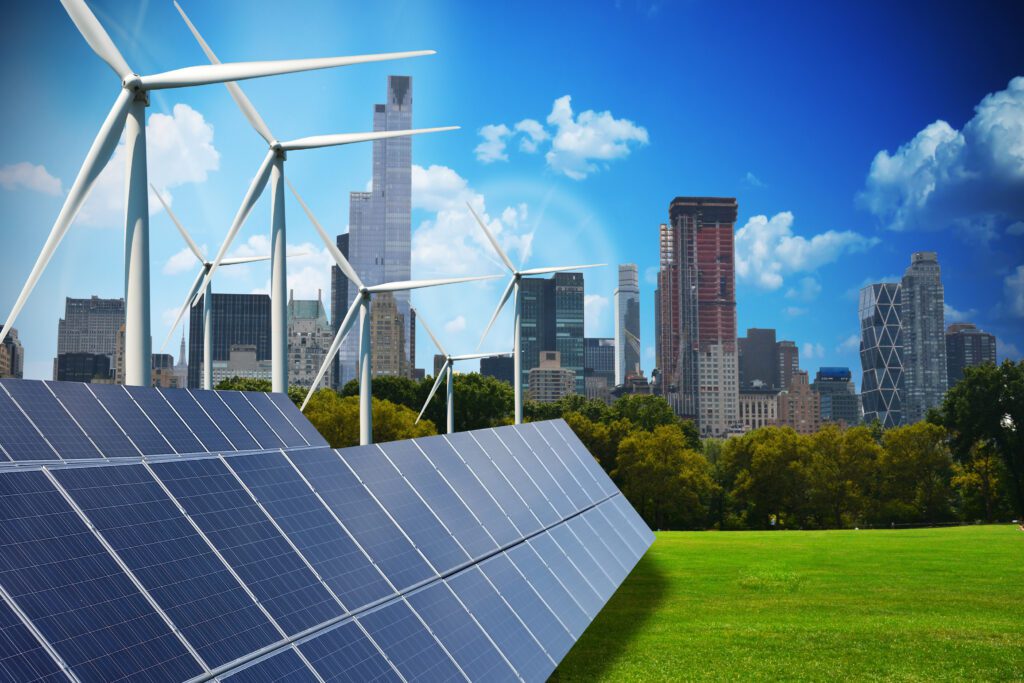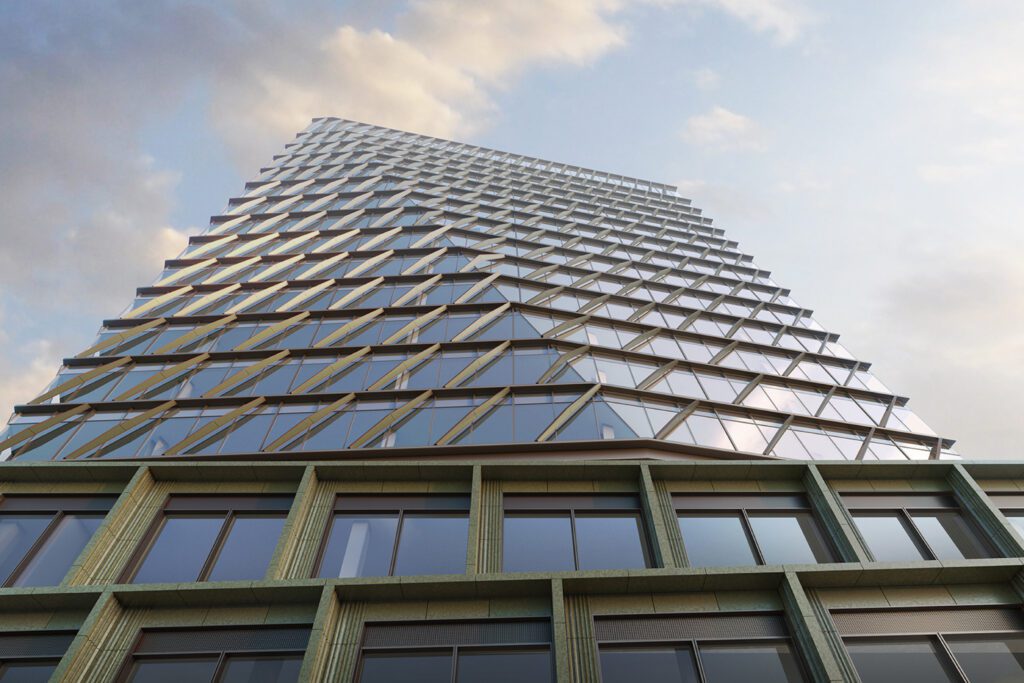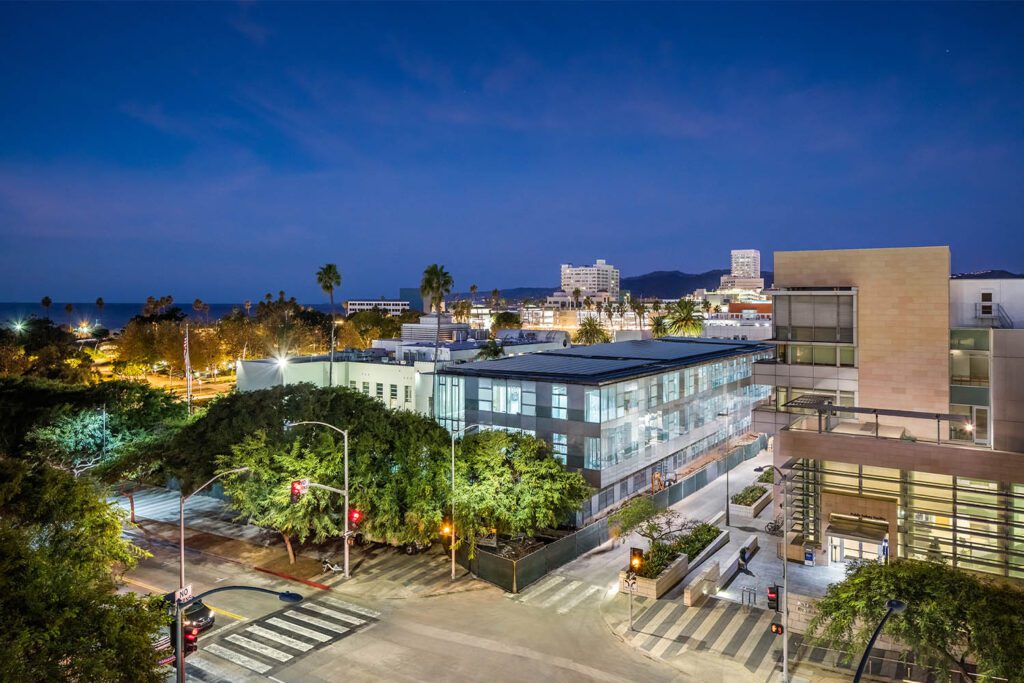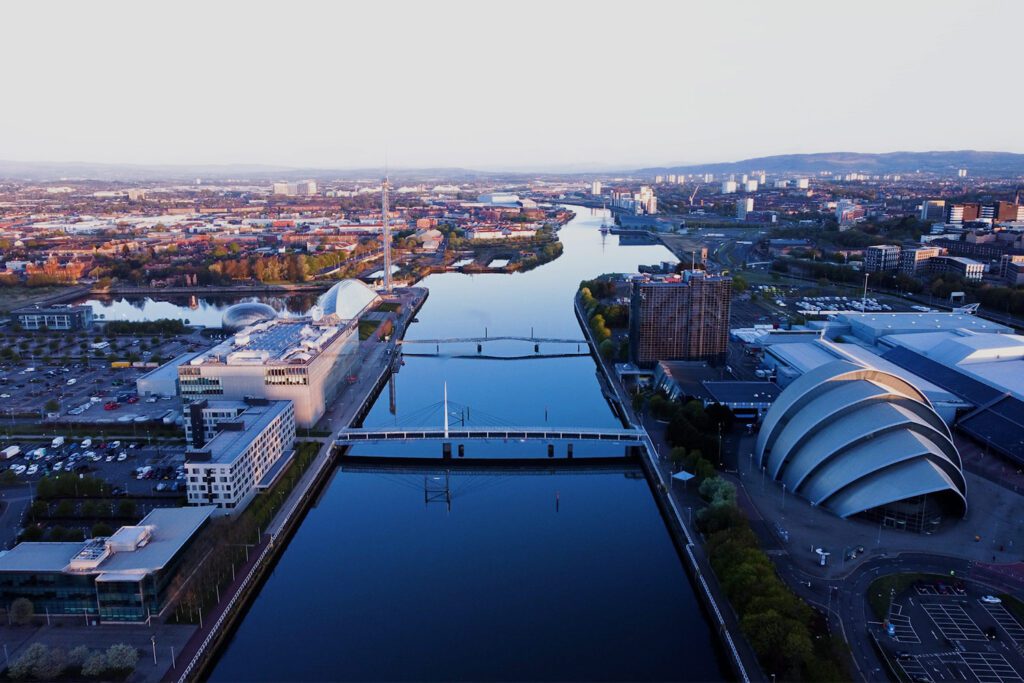Decarbonizing the built environment: Buro Happold on all-electric buildings
Aggressive decarbonization in the built environment is needed to reduce greenhouse gas emissions. One solution to support this goal is all-electric buildings that are connected to electrical grids supplied by renewable energy sources.

Buro Happold has developed a preliminary study of new construction typologies in various US cities to inform sustainable engineering solutions. Our feasibility study identifies high-performance envelopes, heat recovery, heat pumps, system and grid resiliency, and grid carbon factors as critical variables. Together, these readily available and cost-effective solutions will reduce or eliminate any additional strain to the electrical grid.
Many buildings, particularly in cold climate, rely on fossil-fuel sources (e.g. natural gas) for heating and hot water. The impact of an all-electric building is typically based on transitioning these heating and domestic hot water loads from fossil fuels to electric, and energy-intensive buildings can introduce additional factors like humidification, additional plug load demands, and additional water heating demands.
The feasibility study available at the link above includes cold climates and intensive building types like labs, in addition to warmer climates and other sectors: office, higher education and multifamily. For a holistic evaluation of an all-electric solution, we study the impact of GHG emissions, technology, and impact on project cost and the electrical grid.
These four impact categories are therefore references throughout the study:

What are the key conclusions of these project-based studies?
1. Grid carbon factors
All-electric buildings are aligned to many state and municipality goals for carbon neutrality and a cleaner grid. The graphic below illustrates the range of carbon footprints across the US today.

2. Technology and loads
An evaluation of three heating technologies in five US cities illustrates that on a per-unit of heat generated, a heat pump has a lower carbon footprint today through 2050.

3. Costs
All-electric buildings are becoming increasingly cost-competitive. Key cost factors to evaluate include: space requirements and impacts to usable space, capital cost, utility and maintenance costs, and potentially offset costs for projects pursuing zero carbon targets.
The graphic below illustrates that the use of an electric heat pump, based on a per-unit basis using current cost rates in Boston, shows a marginal increase when compared to the 5:1 increase of electrical resistance.

Final thoughts
This is version one of a feasibility study that represents some of our work to date and aims to contribute to a dialogue in the industry on decarbonizing the built environment. There are many items to be introduced, challenged and/or developed for the next version, including but not limited to:
- Additional locations
- A list of key resources
- City-scale all-electric studies
- Existing building evaluations
- Other topics mentioned in our climate action agenda (e.g. embodied carbon and social equity).
This study represents the efforts of dozens of engineers and consultants at Buro Happold, as well as discussions with industry peers, collaborators, and clients. We are grateful for all these conversations to date as well as those yet to come.
A special thanks goes to Rachel Deradoorian and Kristen Brozowski who led the analysis and related research, as well as the coordination for the study. Thank you to Chris Ceravolo for his never-ending curiosity as a graphic designer, and to Stephen Salomon, Jeff Cox and Justin Mole for their technical engineering guidance.
We look forward to sharing our future work on all-electric buildings.













